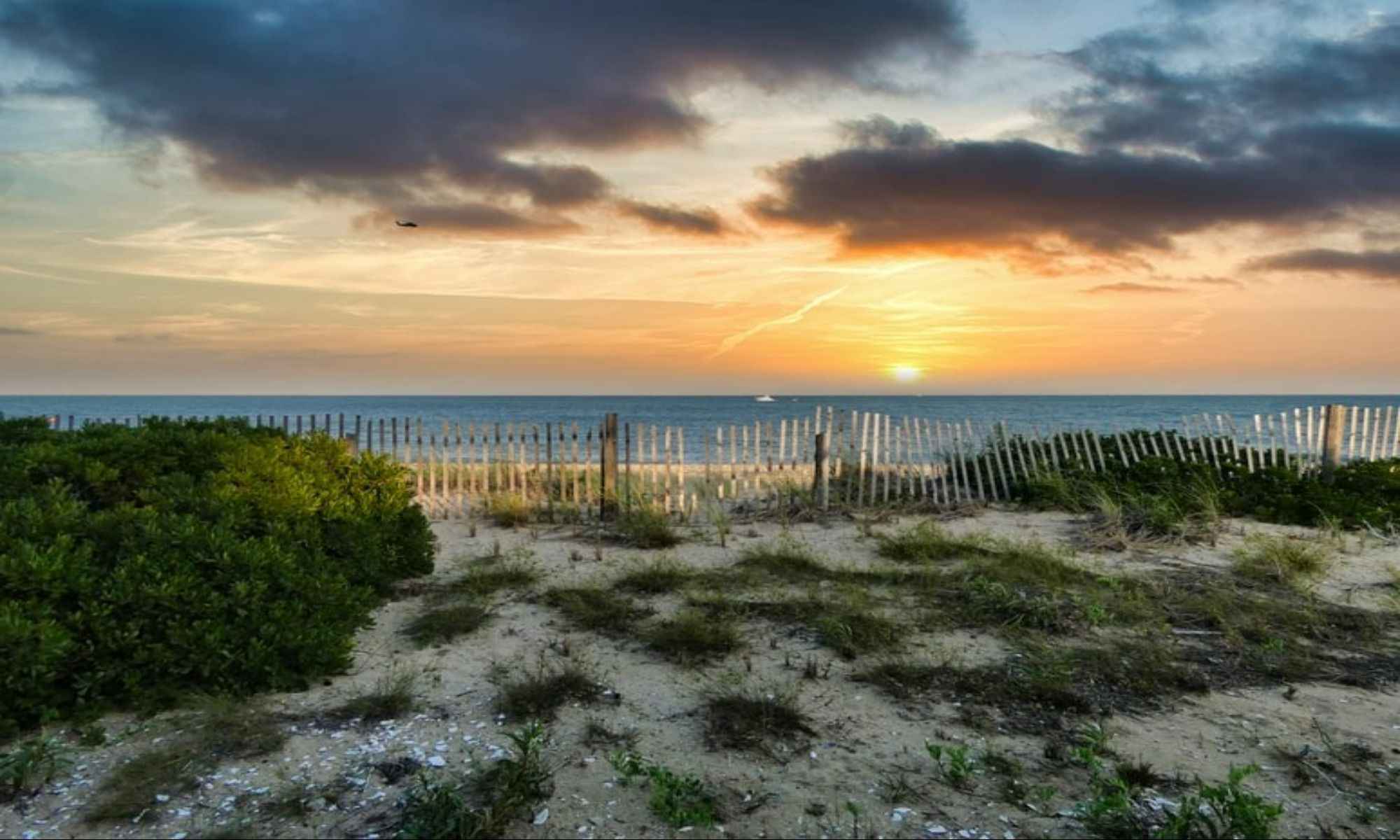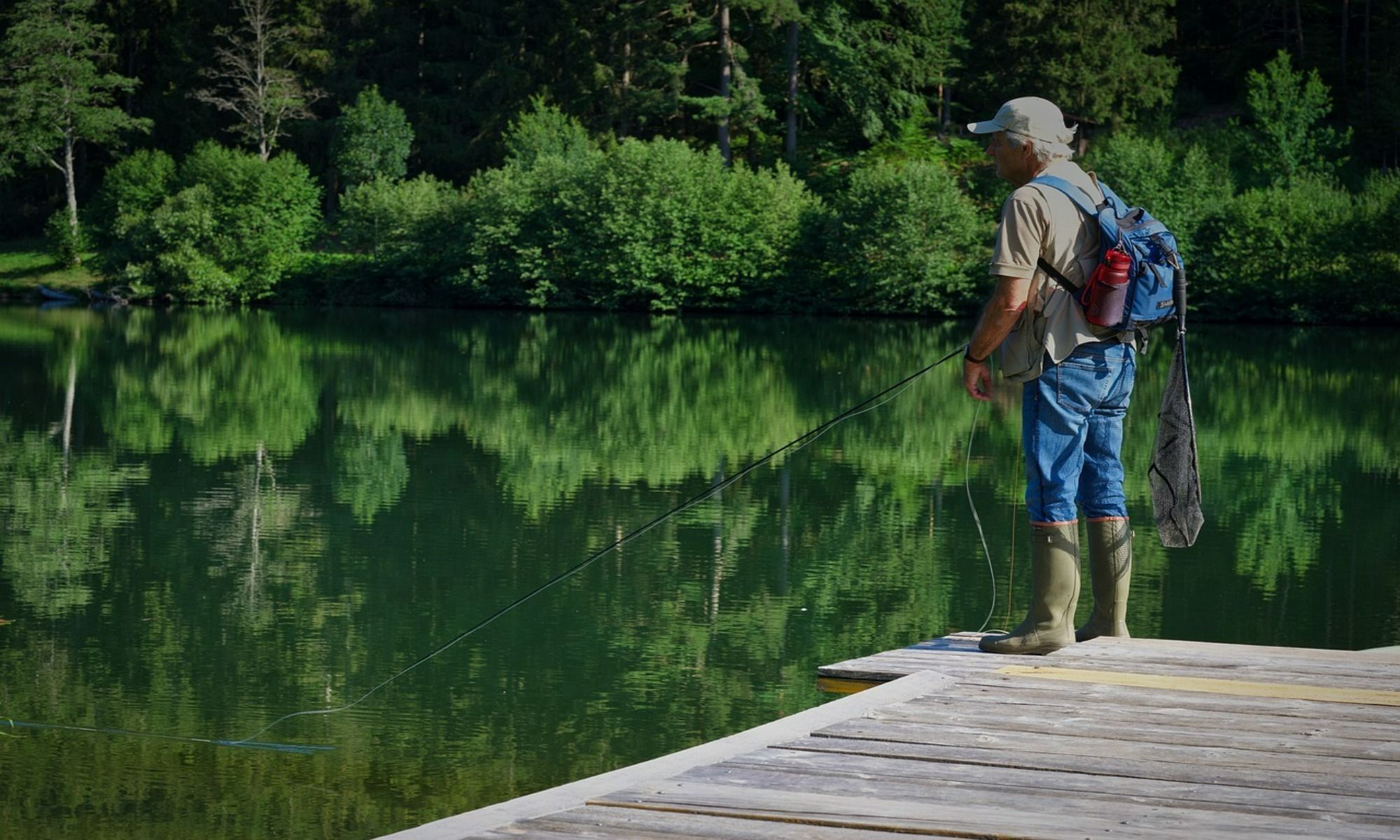Mashpee, MA Fishing: Cape Cod Angling in a Classic New England Town
Check out the classic New England town of Mashpee, MA where anglers will be able to catch a variety of fish in Cape Cod.

Mashpee is found in Barnstable County in Massachusetts; it is situated on the ‘upper’ or western section of the Cape Cod region. The city is bounded by Sandwich, Barnstable, Falmouth, and the Nantucket Sound. Mashpee initially was established as a reserve of the Mashpee Tribe of Wampanoag’s last remaining descendants. The Native American culture and history still define much of the town’s character. It is also recognized for its tourist recreation. Numerous seasonal businesses are set up to support the annual influx of tourists that mostly come in during the summer.
Mashpee has miles of sandy beaches, thousands of acres of conservation land, and enchanting woodlands. Thanks to that, Coastal Living in 2019 regarded it as one of the best places to live on the coast and hailed it as a ‘newly rising New England classic.’ Aside from its natural offerings, Mashpee has been lauded for its superior shopping. The home of the community shopping center, the Mashpee Commons, is nationally-recognized for its traditional New England-style architecture. Mashpee overlooks five miles of ocean for anglers, possesses four of the largest freshwater ponds on Cape Cod, and has an extensive waterfront nestled on its bays. This makes it a suitable and unique angling destination.
Mashpee Fishing

Anglers won’t run out of fishing opportunities in Mashpee because miles of ocean and some of the largest freshwater ponds are within reach. Mashpee can deliver whether one is going onshore or offshore fishing or if they’re targeting saltwater or freshwater fish.
For anglers keen to go deep sea fishing, Mashpee offers access to the Nantucket Sound in the south. To the southwest, one can also head to the Vineyard Sound. The waterways feature a variety of bottom structures, from rocky outcropping to sandy shoals. This makes it a haven for species like bluefish, black sea bass, striped bass, summer flounder or fluke, scup, and blackfish. Other fish in the Nantucket Sound include Atlantic bonito, Atlantic cod, Atlantic mackerel, Spanish mackerel, blue shark, mako shark, bluefin tuna, yellowfin tuna, albacore tuna, white marlin, little tunny, common dolphinfish, and winter flounder. In the waters of Vineyard Sound, there are more species like dusky smooth-hound, striped searobin, false albacore, bonito, white marlin, and similar tuna and shark species found in the Nantucket Sound. These areas are great places for baitcasting and bottom fishing. Surfcasting from the miles of the coast is also possible. Anglers can park at Mashpee Town Beach and directly cast their line from the lot. Another great place to fish inshore is South Cape Beach, where plenty of fish gathers near the coast. Areas with solid rips, drop-offs, and jetties are excellent places to fish onshore. Small rips located at the beach area behind the New Seabury Country Club Golf Course attract a lot of saltwater bass and bluefish. A long jetty on the opposite side of the town parking lot is fantastic to target huge bass. Anglers will do best if they walk down the interior of the long spit of land leading out to the nearby bay and look for fish in the shallows when the light levels are low.
Waquoit Bay and its tributaries in the southwest offer both saltwater and freshwater fishing. The public estuary is primarily used as a research reserve; taking any type of shellfish from its waters requires a permit. Saltwater fishing does not require a license, but some species may have limits for size and quantity when caught. Freshwater anglers in the bay’s tributaries can only practice catch-and-release fishing in the Quashnet River and use artificial lures. Saltwater species that can be caught in Waquoit Bay include bluefish, little tunny, summer flounder or fluke, winter flounder, striped bass, bonito, false albacore, brown sharks, and weakfish. Freshwater fish such as blueback herring, brook trout, northern pipefish, banded killifish, and golden shiner can be found in the bay’s tributaries. The best spot to start angling in the bay is in the jetty, which serves as half of the inlet barrier to the bay’s entrance. Anglers can access the area from South Cape Beach. It is known as a fish rest-stop due to the abundance of baitfish. There is also a harbor for those who want to launch their boats, canoes, or kayaks. It is also where anglers can find big bass. Along the beach and jetty, one can spot brown sharks moving at night. Depending on the season, offshore targets in the bay interchange between false albacore, bonito, bluefish, and bass. Popping is a popular way to reel fish from its waters.
Freshwater anglers have many places to choose from when they visit Mashpee. The town possesses four of the largest freshwater ponds on Cape Cod. The largest is Johns Pond, located in the west. Fish found in its waters are largemouth bass, smallmouth bass, yellow perch, white perch, brown bullhead, American eel, white sucker, pumpkinseed, bluegill, black crappie, sunfish, alewife, tessellated darter, banded killifish, and golden shiner. Johns Pond is an excellent place for bass fishing because of an abundant forage in sea-run alewives. It is also annually stocked with rainbow trout and brook trout. Anglers can cast from the miles of shoreline or launch their watercraft from boat ramps located in the northwest and the Johns Pond Park-Conservation Area.
The Massachusetts Kayak Bassin tournament is held annually in Mashpee Pond. Competitors use non-gasoline-powered boats that they launch from the Mashpee-Wakeby Pond Boat Ramp to reel in the best smallmouth bass, trout, and chain pickerel.
Top 10 Fish Species in Mashpee, MA
The top 10 fish species found in Mashpee, Massachusetts, are bluefish, black sea bass, striped bass, summer flounder, Atlantic bonito, Atlantic cod, largemouth bass, smallmouth bass, brook trout, and albacore tuna.
Seasonal Fishing
Migratory fish like striped bass, bluefish, flounder, and blackfish have set up residency in local waters by June. Bottom dwellers like a fluke, sea bass, scup, and cod also arrive during that month. Shark species are abundant by the end of June, and mako sharks start arriving. In July, when the waters get warmer, fish like bonito, mackerel, and little tunny start coming in. During the peak of the summer season, species of tuna and shark are plentiful in offshore waters. Freshwater trout are stocked in local waters every spring and fall, but the best time to fish for them is in the summer. Anglers can target other freshwater fish like bass and chain pickerel throughout the year.
Discover More of Mashpee
Mashpee not only offers scenic natural beauty but also showcases a rich history that’s deeply embedded in its character.
1. Book a Fishing Charter
Being in Cape Cod makes Mashpee an excellent place for angling. Fishing charters are easily accessed because the ocean and several freshwater ponds offer endless fishing opportunities. Boat rental services can also be acquired as most waterways are large enough to accommodate boaters.
2. Learn About the History
Mashpee showcases its Native American culture and history by retaining and maintaining sites that embody them. Several museums give people the chance to learn more about the town’s rich heritage. The Wampanoag Indian Museum on Main Street has a range of exhibits that present the tribe’s culture and history from the Stone Age to the present. Mashpee is also home to the Cape Cod Children’s Museum, which offers various exhibits and activities.
3. Go Whale Watching
The Cape Cod region is known for world-class whale watching and seal watching. Mashpee offers whale watching from the Popponosset Peninsula. The best time to go and witness humpback, pilot, and blue whales are between mid-May and October.


